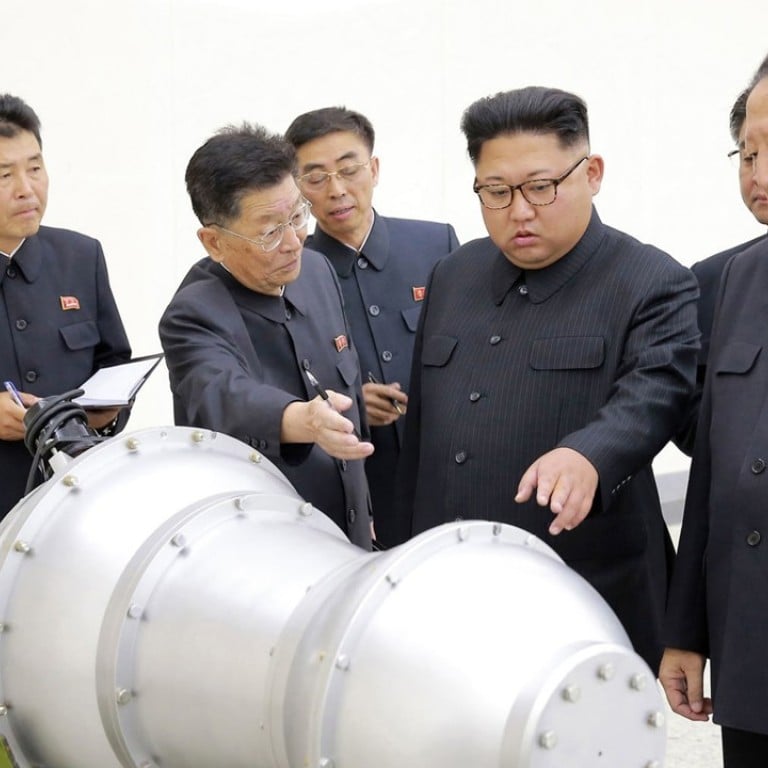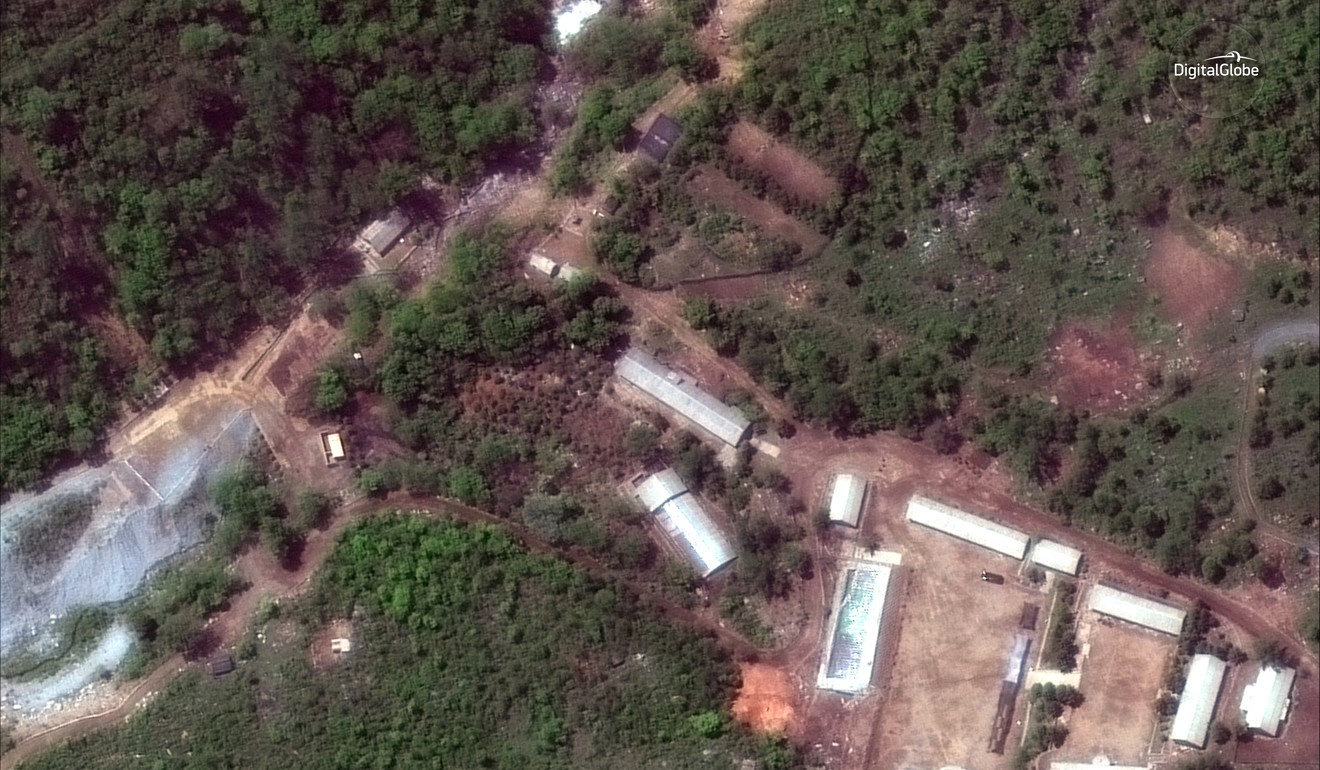
North Korea must blow up, not shut down, test site to prove it’s scrapping nukes, says South Korean scientist
Foreign press invited to the Punggye-ri test site this week to witness its dismantlement amid Pyongyang’s pledges to end its nuclear weapons programme
North Korea must blow up its Punggye-ri nuclear test site rather than merely shutting it down to prove its commitment to get rid of its nuclear weapons, according to a senior South Korean scientist.
There are four tunnels at the site, with two unused, meaning North Korea could use the facility for nuclear tests if they were not all destroyed, according to Lee Chun-geun, a senior research fellow at the Science and Technology Policy Institute in Sejong.
“If only the entrance is blown up, it would be classified as a closure and the site may be used again later if Pyongyang decides to proceed with additional nuclear tests,” Lee said.
The site must be packed internally with explosives and all tunnels destroyed to ensure the facility can not be reopened, he said.
“If the explosions are inside – especially in the unused western and southern tunnels – you can then call this a dismantlement as North Korea won’t be able to reuse the venue again even if they change their minds in future,” he added.
Lee said in earlier media interview that over 100 tonnes of explosives would be needed to blow up the site.
The test site is built beneath the 2,000-metre high Mount Mantap and it has conducted six nuclear tests since 2006.
North Korea has invited foreign media to witness the dismantlement of all the tunnels sometime between Thursday and Friday as part of pledges to denuclearise the Korean peninsula and scrap its nuclear weapons programme.
The eastern tunnel was used for the first nuclear test in 2006, but was abandoned due to contamination. The northern tunnel was used for the second to sixth nuclear test. The western and southern tunnels are newly built and both unused, said Lee.
A North Korean foreign ministry statement said on May 12 the dismantlement would include “all tunnels of the test ground collapsed through explosions, completely blocking entries; removing all observation facilities, research institutes and the structures of guard units on the ground”.
Two separate studies by Chinese scientists reported earlier this year that the test site had partially collapsed after multiple nuclear blasts.

Foreign media were present when North Korea demolished a 20-metre-high cooling tower at its Yongbyon nuclear reactor 2008. Pyongyang resumed nuclear tests the following year.
Lee said that if North Korea did resume nuclear tests it would be easy to verify from outside the country.
“We can analyse this by studying seismic waves and sound waves from Punggye-ri from Chinese Jilin province or even from South Korea,” Lee said.
Lee Seok-hyun, a South Korean lawmaker with the liberal Democratic Party of Korea, said he was convinced North Korea was sincere in wanting to destroy the test site.
“North Korea is likely to dismantle, not just close, the western and southern tunnels to prove its strong will for denuclearisation to the world,” Lee said. “It must first show its will to the international community, so as to negotiate with the US at the upcoming summit in Singapore on June 12.”

